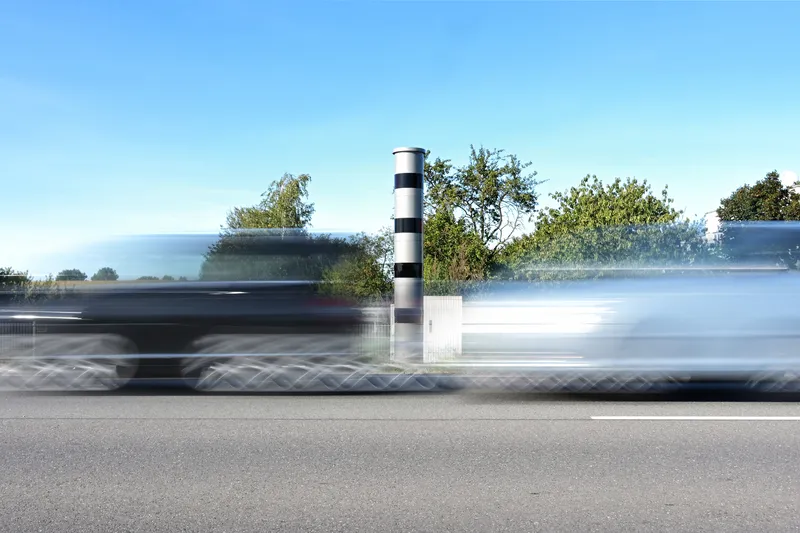The aim is to consider whether driverless road freight transport might be developed, allowed and adopted over the next two decades. There would be powerful motivations for introducing driverless trucks on a large scale, such as cost or safety.
The project seeks to develop evidence-based scenarios of how a transition to self-driving trucks could unfold and to also offer a plan to manage the disruptions to the livelihoods of affected drivers.
The final report will be published on 31 May 2017 during the International Transport Forum’s 2017 Summit of transport ministers in Leipzig, Germany.
It suggests scenarios for how the transition could happen; examines potential applications for driverless trucks; contains numbers on potential job losses; looks at the development of alternative adoption scenarios, and makes recommendations to governments how to prepare.
Report: Managing the transition to driverless road freight transport
The International Transport Forum, in partnership with the International Road Transport Union (IRU), the International Transport Workers' Federation (ITF) and the European Automobile Manufacturers Association (ACEA) is working on a project which examines the impact of driverless trucks. It focuses on developments in Europe and North America, with some evidence drawn from other continents, such as automated trains and mining equipment in Australia. The aim is to consider whether driverless road freight trans
May 16, 2017
Read time: 2 mins
The 998 International Transport Forum, in partnership with the International Road Transport Union (IRU), the International Transport Workers' Federation (ITF) and the European Automobile Manufacturers Association (6175 ACEA) is working on a project which examines the impact of driverless trucks. It focuses on developments in Europe and North America, with some evidence drawn from other continents, such as automated trains and mining equipment in Australia.









